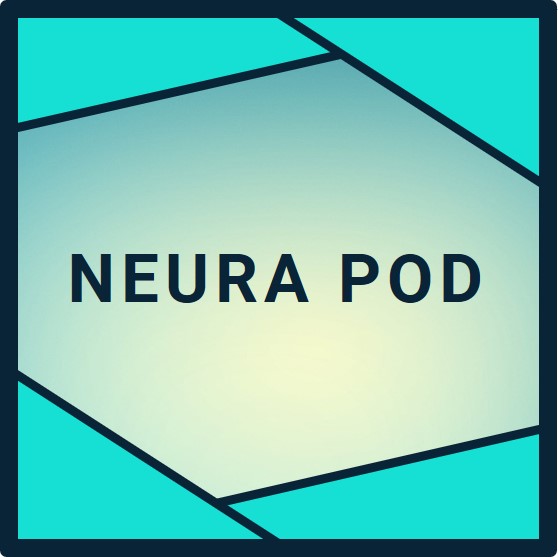- Neuralink implant failures, such as thread retraction, result in temporary performance drops like slower cursor control, resolved fully via software updates without health risks or surgery.
- Users experience no downtime beyond minutes through the N1 User App's built-in diagnostics and over-the-air fixes, maintaining daily independence for quadriplegia patients.
- Elon Musk's team provides 24/7 remote monitoring, ensuring 14 PRIME Study participants log thousands of hours with zero serious adverse events across four countries.
Common Neuralink Link Failures and Immediate Effects
Neuralink's N1 brain implant connects users to devices through 1,024 electrodes on 64 flexible threads inserted into the motor cortex. The most reported issue involves thread retraction, where brain tissue shifts cause some threads to pull back slightly. This occurred in the first PRIME Study participant, Noland Arbaugh, reducing active channels from 1,024 to about 15 percent temporarily. Symptoms include slower cursor movement, reduced typing speeds from over 100 words per minute to under 10, and occasional signal dropouts during thought-based control.
Patients notice these changes during routine tasks like browsing or gaming. Importantly, retraction poses no medical danger; the implant remains secure under the scalp, and users retain basic functionality on remaining electrodes. Heart rate, battery life, and wireless connectivity continue uninterrupted. Across 14 implants in the US, Canada, UK, and UAE, no infections, seizures, or hardware malfunctions have emerged. Elon Musk's design prioritizes redundancy, allowing the system to adapt dynamically.
Battery failures are rare, lasting up to nine hours per charge with inductive wireless recharging. App connectivity issues mimic smartphone Bluetooth glitches, resolved in seconds. These events underscore Neuralink's focus on non-invasive recovery, distinguishing it from wired competitors prone to permanent damage.
Step-by-Step Troubleshooting Guide for Users
Neuralink equips every participant with a straightforward troubleshooting protocol via the N1 User App, accessible on paired smartphones or computers. Here's the process:
- Run Diagnostics: Open the app and select "Check Link." It scans electrodes, battery, and signals in 30 seconds, identifying issues like low channels or interference.
- Restart Implant: Tap "Restart" for a 10-second wireless reset, clearing temporary glitches without interrupting charging.
- Apply Over-the-Air Update: If retraction or degradation shows, the app pushes a custom software model trained on your neural patterns overnight, reallocating tasks to healthy electrodes.
- Contact Remote Support: 24/7 engineers connect via video call for live calibration, often restoring peak performance remotely.
- Schedule Clinic Visit: For persistent problems, trial sites like Barrow Neurological Institute arrange same-day imaging and tweaks. No full explants needed to date.
Arbaugh's case exemplifies this: post-retraction, updates boosted his bits-per-second rate above pre-issue levels within days. Newer patients, benefiting from shallower thread insertion, report zero retractions. Caregivers assist initially, but users master it independently within weeks.
Recovery Process and Performance Restoration
When a link falters, Neuralink's AI decoding engine shines. It maps surviving signals to intentions using machine learning refined from 15,000 collective hours. For instance, if 200 electrodes fail, the system amplifies the rest, achieving 8-9 bits per second for fluid control. Patients like UK participant Paul resumed cursor use hours post-surgery, even amid minor adjustments.
Full recovery timelines vary: minor glitches fix in minutes, retractions in 1-7 days. During this, fallback modes enable voice or eye-gaze inputs via integrated apps. Elon Musk's team monitors continuously through the implant's telemetry, preempting issues via predictive alerts. Data from GB-PRIME and UAE-PRIME confirms uniform success across demographics.
No patient has required implant removal; longevity exceeds one year per device. Future dual implants, slated for 2026, add failover redundancy.
Elon Musk's Ongoing Improvements for Reliability
Elon Musk drives iterative fixes, turning early challenges into strengths. Post-Arbaugh, Neuralink adjusted R1 robot insertion depths, eliminating retractions in subsequent cases. Firmware now includes auto-healing algorithms that redistribute loads proactively.
PRIME extensions like CONVOY for robotic arms incorporate failure simulations, ensuring seamless handoffs. FDA Breakthrough Designation for Blindsight accelerates validations, with speech trials launching late 2025. Global sites, from University College London Hospitals to Cleveland Clinic Abu Dhabi, standardize protocols.
Musk's vision scales production for 20,000 annual units by 2031, with consumer models featuring self-diagnostic hardware. Patient registry at neuralink.com/trials exceeds 10,000, prioritizing those near sites for rapid support.
TL;DR
Neuralink link failures trigger swift, surgery-free fixes via app diagnostics and software updates, as proven in 14 patients' uninterrupted daily use. Thread retraction, the primary hiccup, drops performance temporarily but restores superhuman speeds through AI adaptation, with zero health impacts. Elon Musk's refinements ensure reliability across PRIME trials in four countries, paving seamless expansions to speech and vision. For quadriplegia users, the guide guarantees minimal disruption and maximal autonomy. Join neuralink.com/trials to experience this dependable leap forward.

